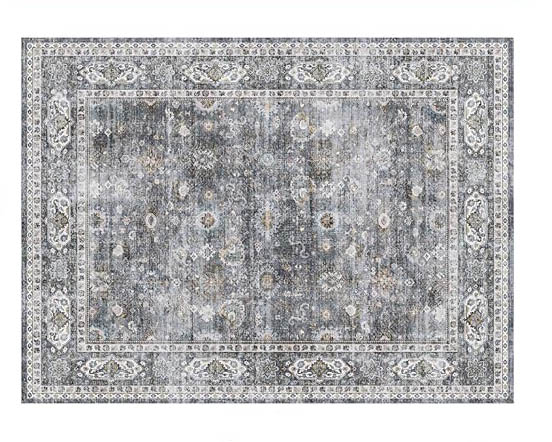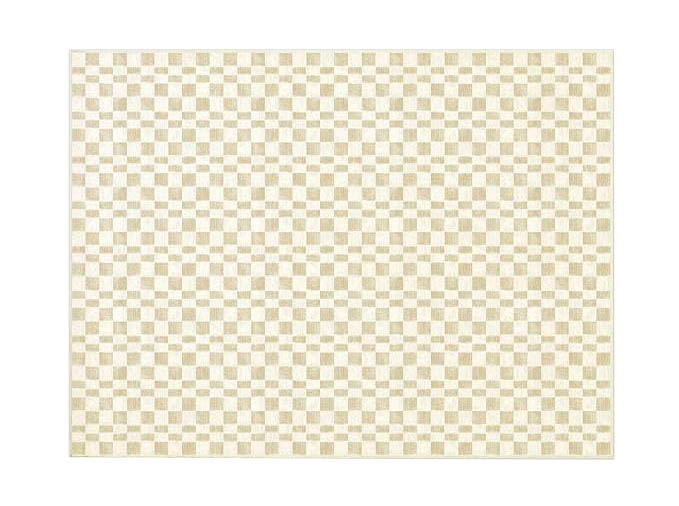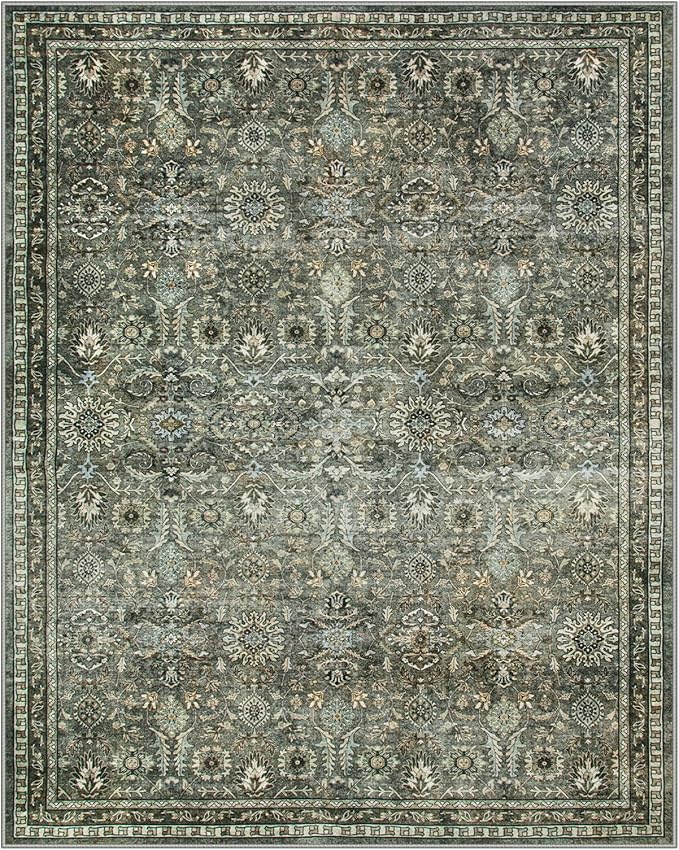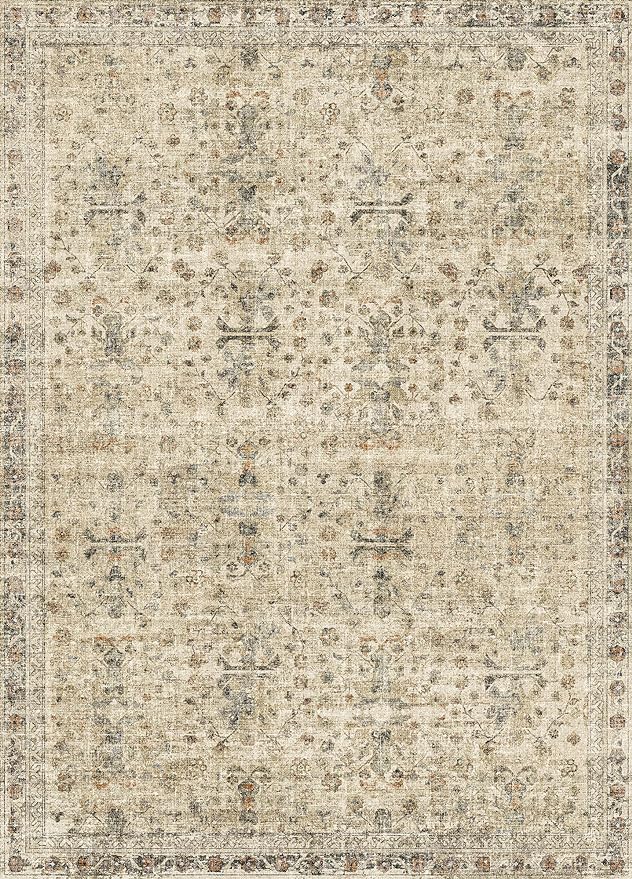Rugs are more than just functional pieces that offer warmth and comfort underfoot; they are a crucial element in interior design, capable of tying a room together, creating focal points, or adding an essential layer of color and texture. To truly maximize the impact of a rug in your home, it’s important to understand how to use them effectively in your decor.
This guide will walk you through the key considerations for choosing and placing rugs in your home to enhance your space.
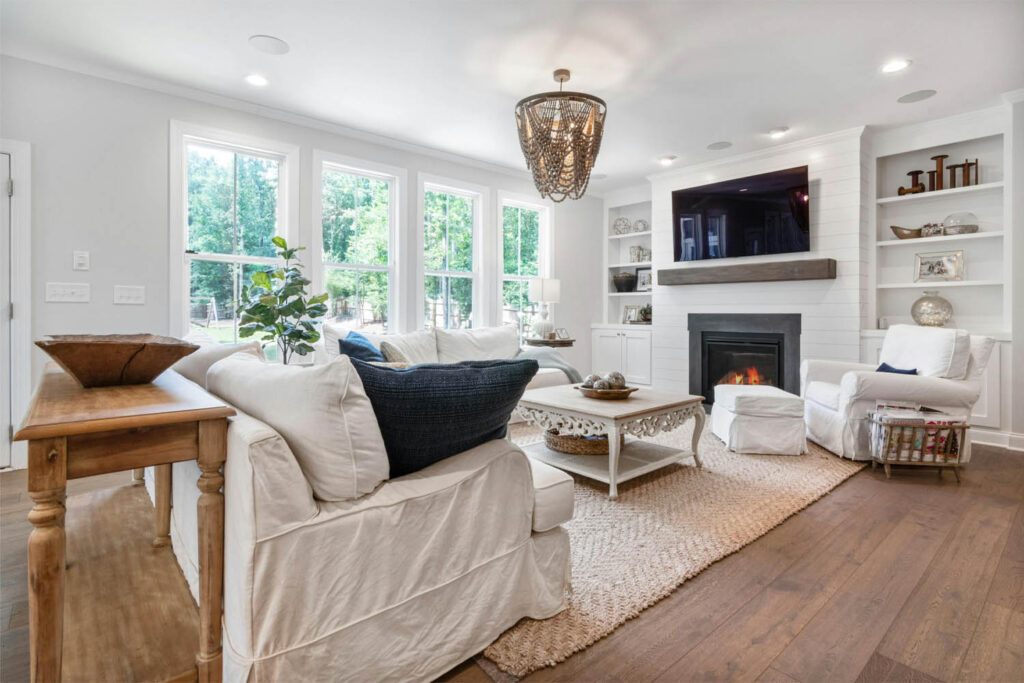
This post may contain affiliate links, meaning I could earn a small commission if you make a purchase through my link, at no extra cost to you. You can read my full disclosure here. Thank you for supporting Alagu Home!
Choosing the Right Size Rug for Your Space
One of the most significant aspects of selecting a rug is ensuring it is the correct size for your room. The size of your rug can dramatically influence the overall aesthetic of your space. A rug that is too small can make a room feel disjointed, as the furniture might appear to be floating without connection. On the other hand, a rug that is too large can overwhelm the space, making the room feel crowded and less defined.
In a living room, for instance, the rug should be large enough to anchor all the main pieces of furniture. Ideally, the front legs of sofas and chairs should rest on the rug, creating a unified area. In smaller spaces, a rug that fits just under the coffee table can work, as long as it balances the room.
For dining rooms, a rug should extend at least 24 inches beyond the edges of the table to allow chairs to be moved in and out without catching on the edge of the rug.
In the bedroom, a large rug under the bed that extends on all sides is ideal, or alternatively, using smaller runners on each side can create a cozy, balanced look.
Selecting the Perfect Material and Texture
The material and texture of your rug are as important as its size. Different materials offer different benefits and suit different rooms and lifestyles.
Wool rugs, for instance, are prized for their durability and softness, making them an excellent choice for high-traffic areas like living rooms and hallways. They are naturally stain-resistant and do a great job of hiding dirt, which is a significant advantage for busy households.
Cotton rugs, on the other hand, are lightweight and easy to clean, making them a practical option for casual spaces like kitchens or children’s rooms, though they may not last as long as wool. If you’re looking for a more rustic, organic feel, jute and sisal rugs bring an earthy texture to a space, though they are best suited for low-traffic areas or as layering pieces because of their rough texture.
For those who want to add a touch of luxury, silk and viscose rugs offer an elegant sheen and a smooth texture, but they are more delicate and best used in low-traffic areas like bedrooms or formal living spaces.
Playing with Colors and Patterns
Rugs are a fantastic way to introduce color and pattern into your decor. The right rug can completely transform a room, whether you’re looking to make a bold statement or subtly complement your existing color scheme. If your room is predominantly neutral, a rug with vibrant colors can act as the focal point, injecting life and energy into the space.
Conversely, in a room with bold colors, a more neutral or monochromatic rug can provide the necessary balance, grounding the decor.
When it comes to patterns, don’t be afraid to mix and match, but ensure that they complement each other. For example, if your furniture or wallpaper features a pattern, opting for a rug with a more subtle design can prevent the space from feeling too busy. Conversely, in rooms with solid-colored furniture, a rug with an intricate pattern can add visual interest and depth, preventing the room from feeling flat.
Layering Rugs for a Stylish Look
Layering rugs is a trend that has gained popularity for its ability to add texture, dimension, and a personalized touch to a space. This technique involves placing a smaller rug on top of a larger one, allowing you to mix different styles, colors, and textures in a single room.
For instance, you might start with a large, neutral base rug and then layer a smaller, more vibrant or patterned rug on top. This works particularly well in living rooms or under the bed in a bedroom, where it can create a defined and cozy area. Combining different textures is another way to play with layering. For example, layering a soft, plush rug over a rougher jute or sisal rug creates a contrast that is both visually appealing and comfortable.
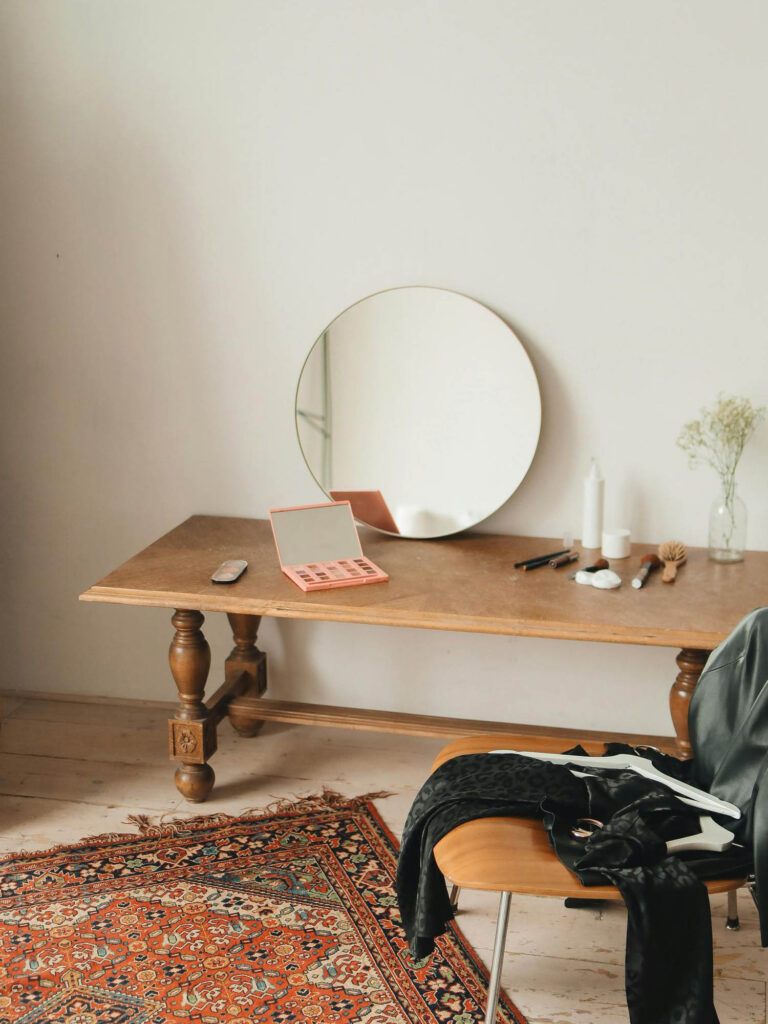
Using Rugs to Define Spaces
In open-plan homes, rugs can be instrumental in defining and separating different areas within a larger space. This is particularly useful in studio apartments or large living areas where you want to create distinct zones without using walls or partitions.
For instance, in a combined living and dining area, you can use different rugs to visually separate the two spaces. Choose rugs that complement each other in style but differ in color or pattern to subtly distinguish the areas while maintaining a cohesive look.
In a home office nook within a larger room, a rug can help delineate the workspace, making it feel like a separate and distinct area. Choosing a rug that contrasts with the rest of the room can clearly define the office zone, making it feel purposeful and intentional.
Maintaining and Caring for Your Rugs
To keep your rugs looking their best and ensure they continue to enhance your decor, regular maintenance is essential. Proper care not only prolongs the life of your rug but also keeps it looking fresh and vibrant.
Regular vacuuming is crucial to remove dirt and debris, especially in high-traffic areas where rugs can quickly become dirty. Depending on the material of your rug, a deeper clean may be necessary every 6-12 months. For example, wool rugs may benefit from a professional cleaning to maintain their softness and durability.
In addition to cleaning, rotating your rugs every few months can help ensure even wear, particularly in areas with heavy foot traffic. Addressing spills immediately is also crucial to prevent stains. Blot the area with a clean cloth and avoid rubbing, which can set the stain deeper into the fibers. For delicate materials like silk, consider professional cleaning to avoid damaging the rug.
Rugs are a powerful tool in your interior design arsenal, capable of transforming a room from ordinary to extraordinary. By carefully selecting the right size, material, and design, and by strategically placing and layering rugs, you can enhance your space’s decor and create a home that feels both stylish and inviting.
Whether you’re refreshing a single room or planning a complete home makeover, remember that a thoughtfully chosen rug is more than just a decorative accessory—it’s a foundation upon which the rest of your design can flourish.
